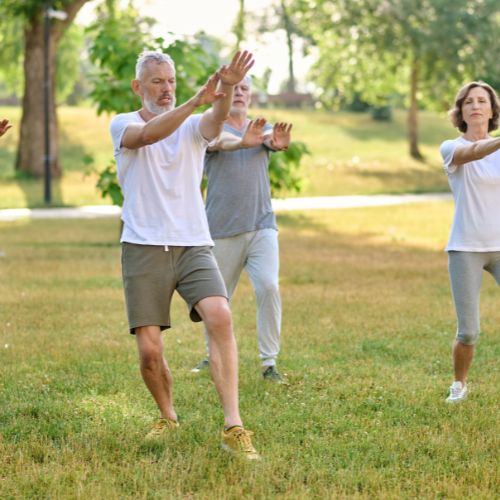Recently, I consulted with a 37-year-old Vietnamese patient experiencing infertility. In her case, I noticed many misconceptions about treatment principles that I would like to share.
She had previously visited several traditional Chinese medicine (TCM) practitioners in person, receiving both acupuncture and herbal treatments. The medications she listed for me included Liu Wei Di Huang Wan, Shi Quan Da Bu Wan, Tao Hong Si Wu Tang, and a formula to promote ovulation. The treatment regimen seemed quite professional, with specific herbs prescribed for different phases: before ovulation, after ovulation, and during menstruation. Various acupuncture points for tonifying deficiency and nourishing blood were also applied.
Additionally, she was self-administering a large number of supplements to promote fertility—14 types in total.
Besides infertility, she complained about severe insomnia, which had persisted for over four months.
For the first consultation, I prescribed a seven-day formula, a combination of Sheng Jiang Xie Xin Tang and Xiao Qing Long Tang, with a small amount of blood stasis-clearing herbs. There wasn’t a single tonifying herb, nor any fertility-promoting herbs. After completing the course, she reported significant improvement, especially in her insomnia, which had troubled her for months.
The patient was quite puzzled, saying that when she went to the pharmacy to get the herbs, even the pharmacist couldn’t tell it was for infertility treatment. I explained that my approach wasn’t to treat her infertility directly, but rather to help restore her yin-yang balance and bring her back to a state of normal health. A healthy woman can naturally conceive. Which is more likely to result in pregnancy: a body that is healthy and in balance, or one burdened by cold and dampness, with stagnation in the middle burner, merely overloaded with fertility-promoting supplements that only cause further blockage?
In the early days of my practice, when I saw a patient’s main complaint, I used to habitually approach the case like a textbook exercise: diagnosing according to a specific syndrome classification to feel more confident. But I quickly realized that the majority of patients do not fit neatly into these classifications. This leads to a question of perspective: near vs. far. Most of us are influenced by Western medicine, focusing narrowly on the disease itself, without understanding the body’s immense complexity and interconnectedness. The closer we seem to get to the problem, the further we move away from true healing. On the other hand, balancing yin and yang may seem distant from the immediate issue, but it brings us much closer to genuine healing. This is a concept that many people today, including a large number of contemporary TCM practitioners, are missing.
When we look at the essence of things, no doctor has the ability to “cure” a patient. All we can do is assist in removing obstacles in the patient’s body. Ultimately, all healing occurs when the patient’s energy system regains balance—there are no exceptions.
Published @June 6, 2024 | Author Max Ma | TCMDrMa All Rights Reserved


















When Will You Consider Turning to Holistic Chinese Medicine?
Why Traditional Chinese Medicine Should Not Be Evaluated Solely by Double-Blind Studies
When faced with health challenges, do you choose the easy mode or the hard mode?
How does TCM clear bad obsessions?
Talk about how to prevent rheumatoid from daily habits
Signals of disease improvement that should not be ignored
Care of children after being vaccinated against COVID-19
What are the prevention and treatment misunderstandings that should be avoided under the New Zealand Covid-19 pandemic?
Talking about the Side Effects of COVID-19 Vaccine from the Perspective of Traditional Chinese Medicine